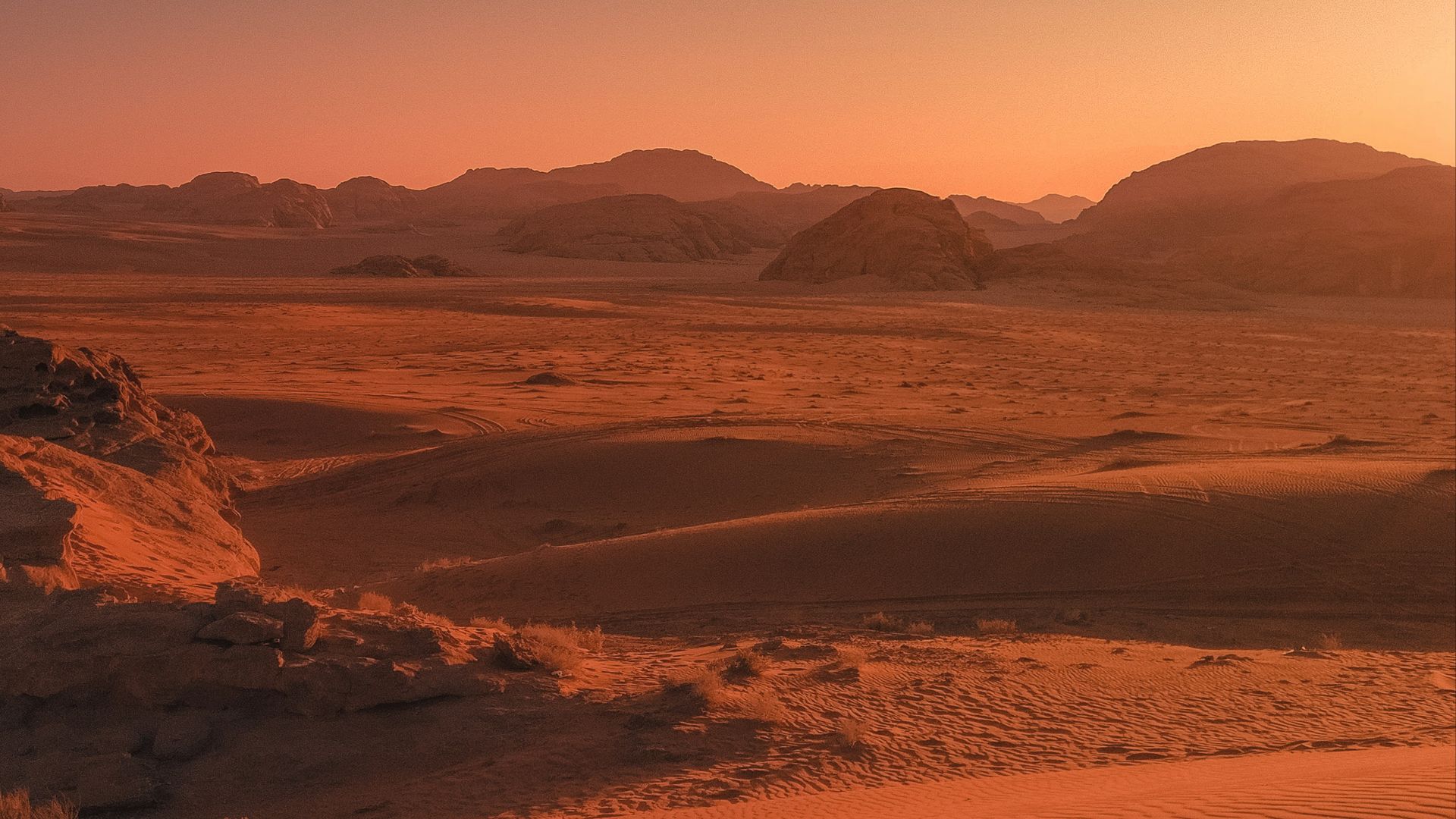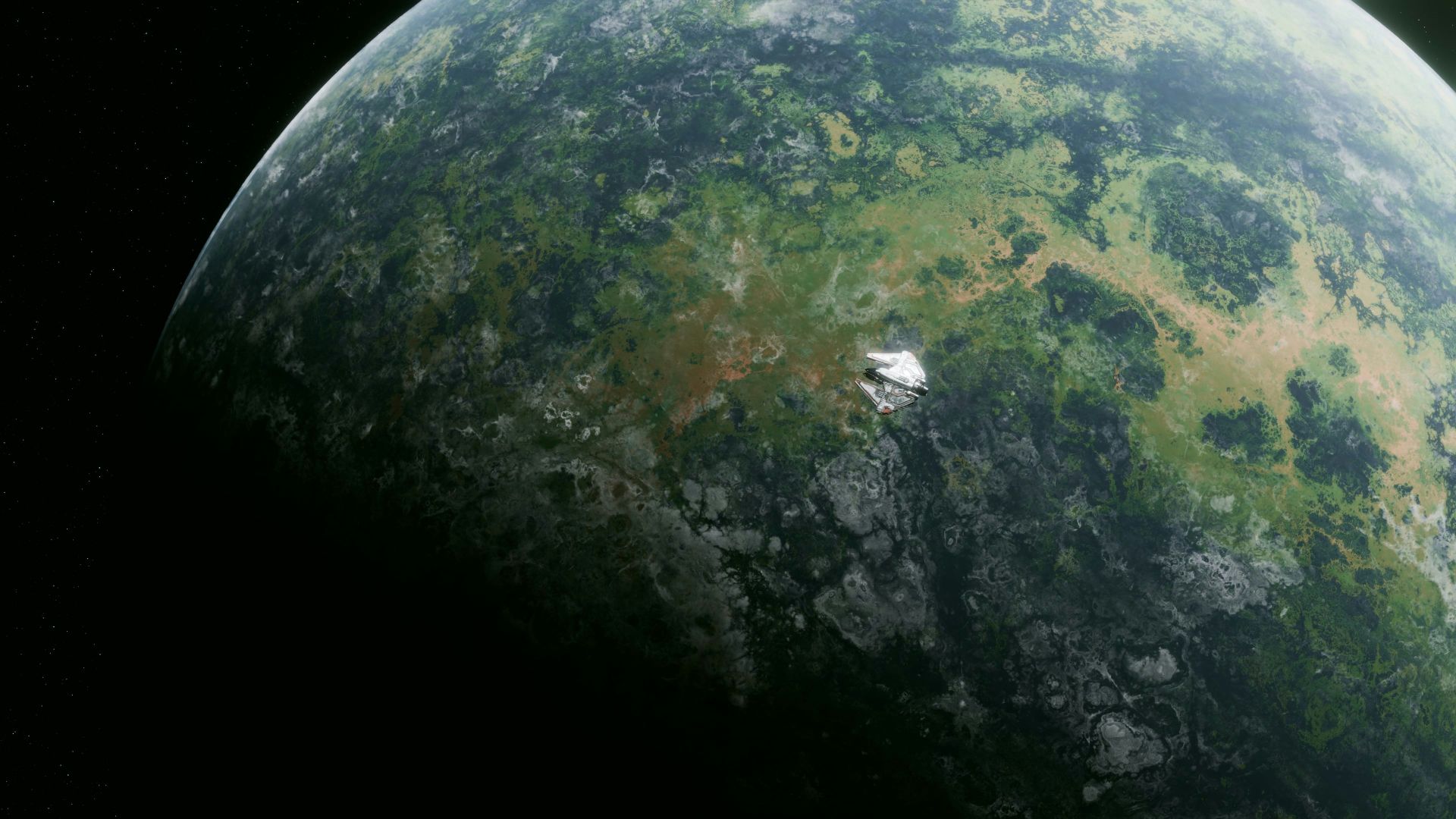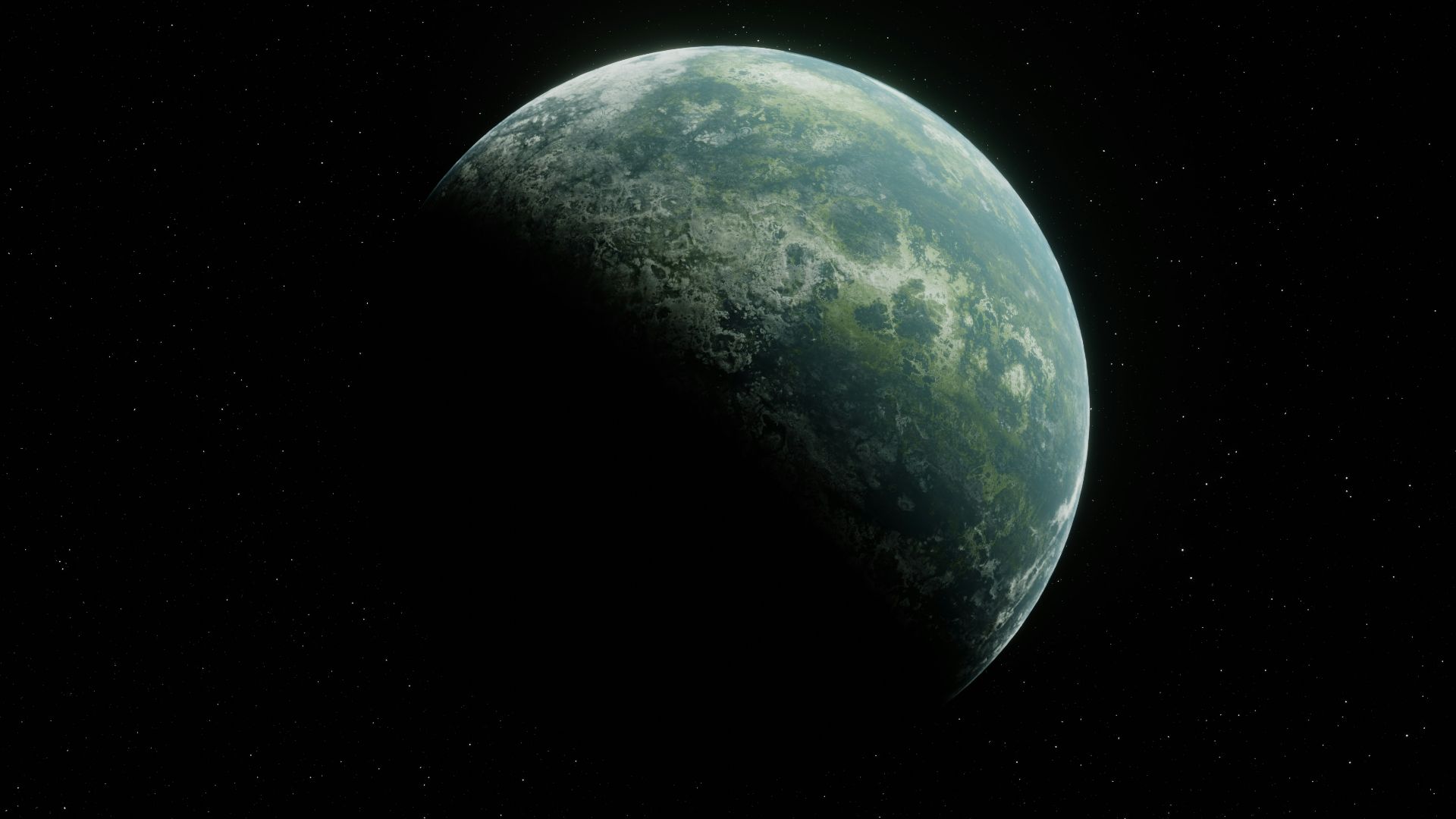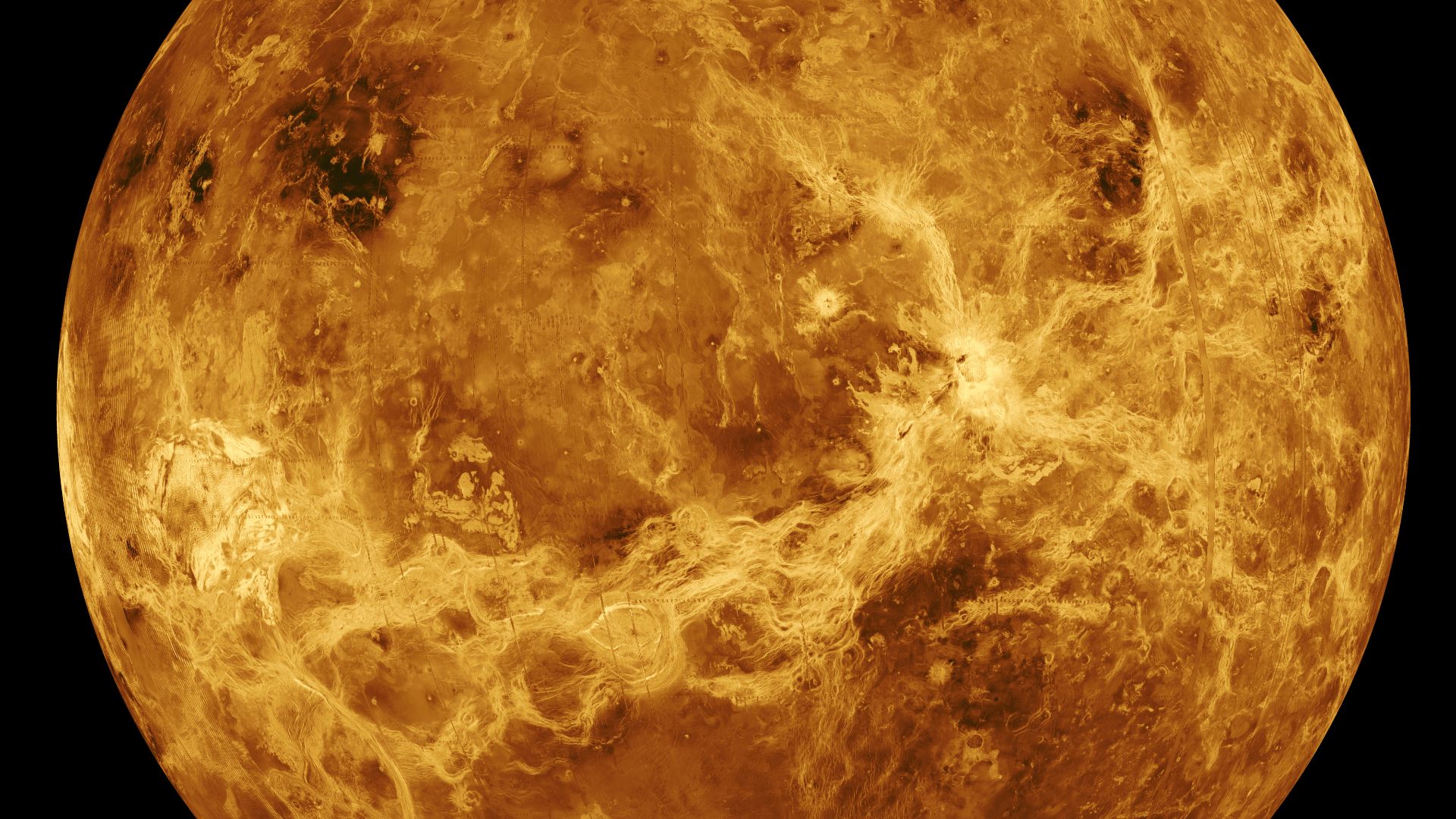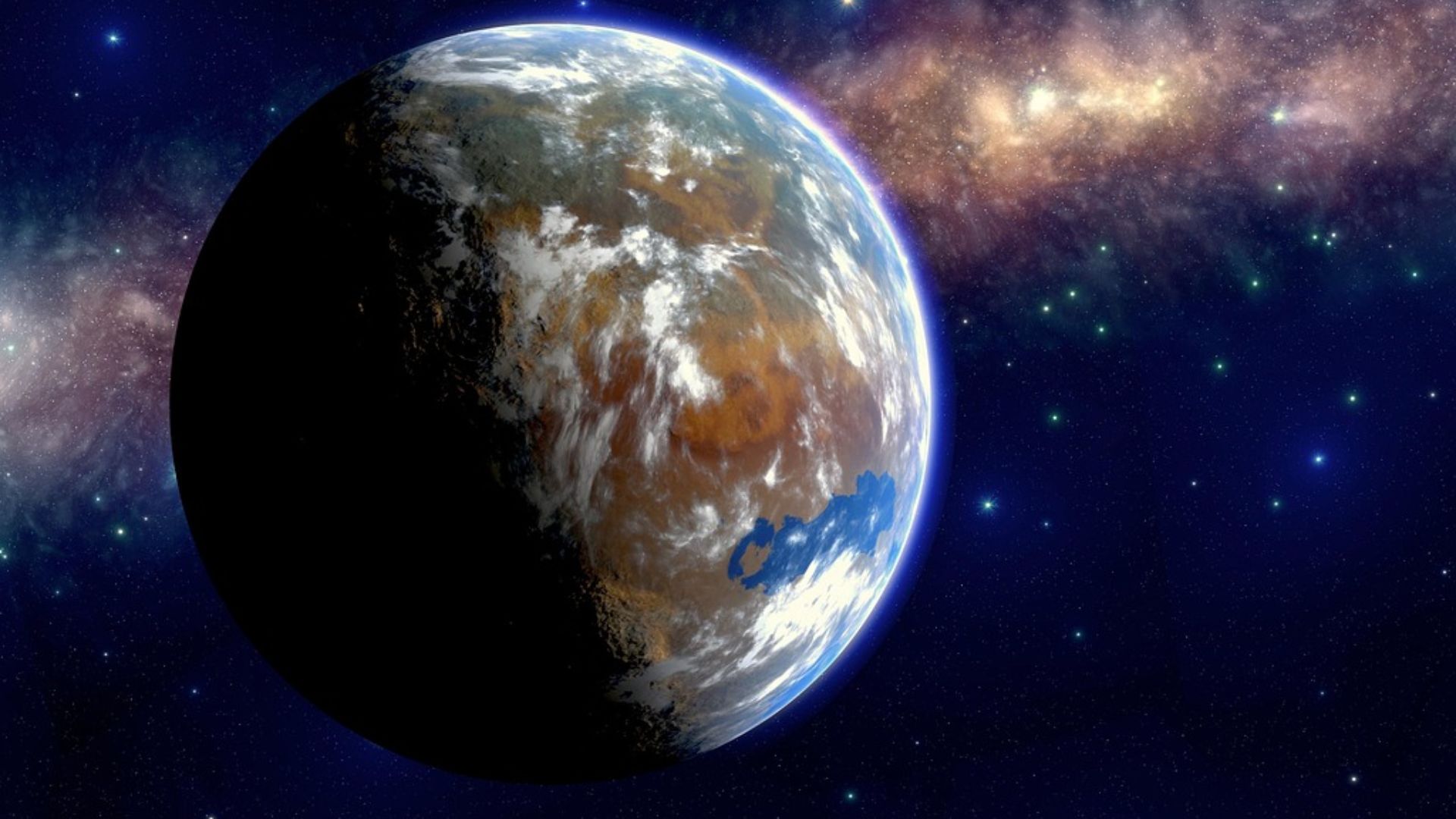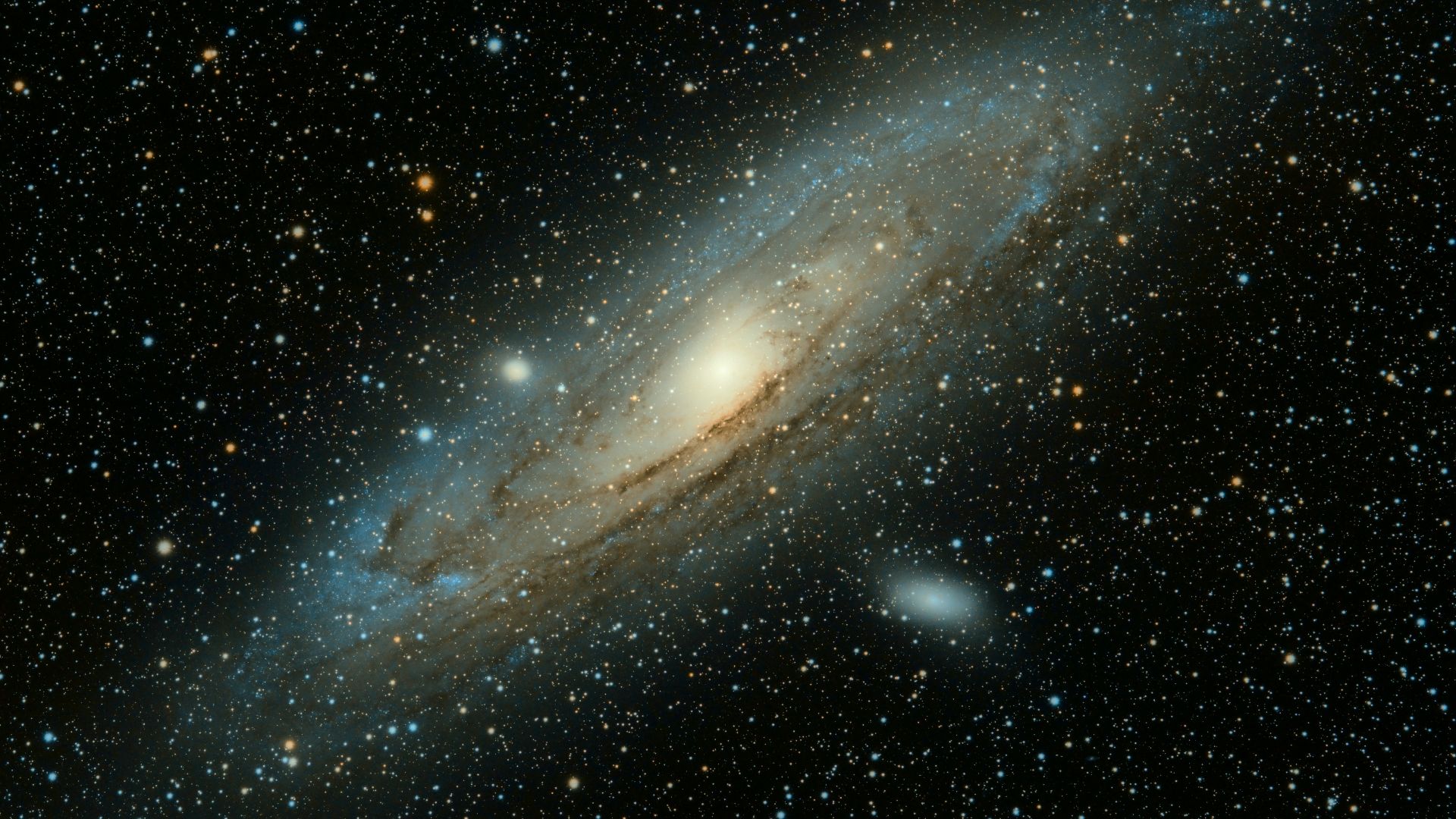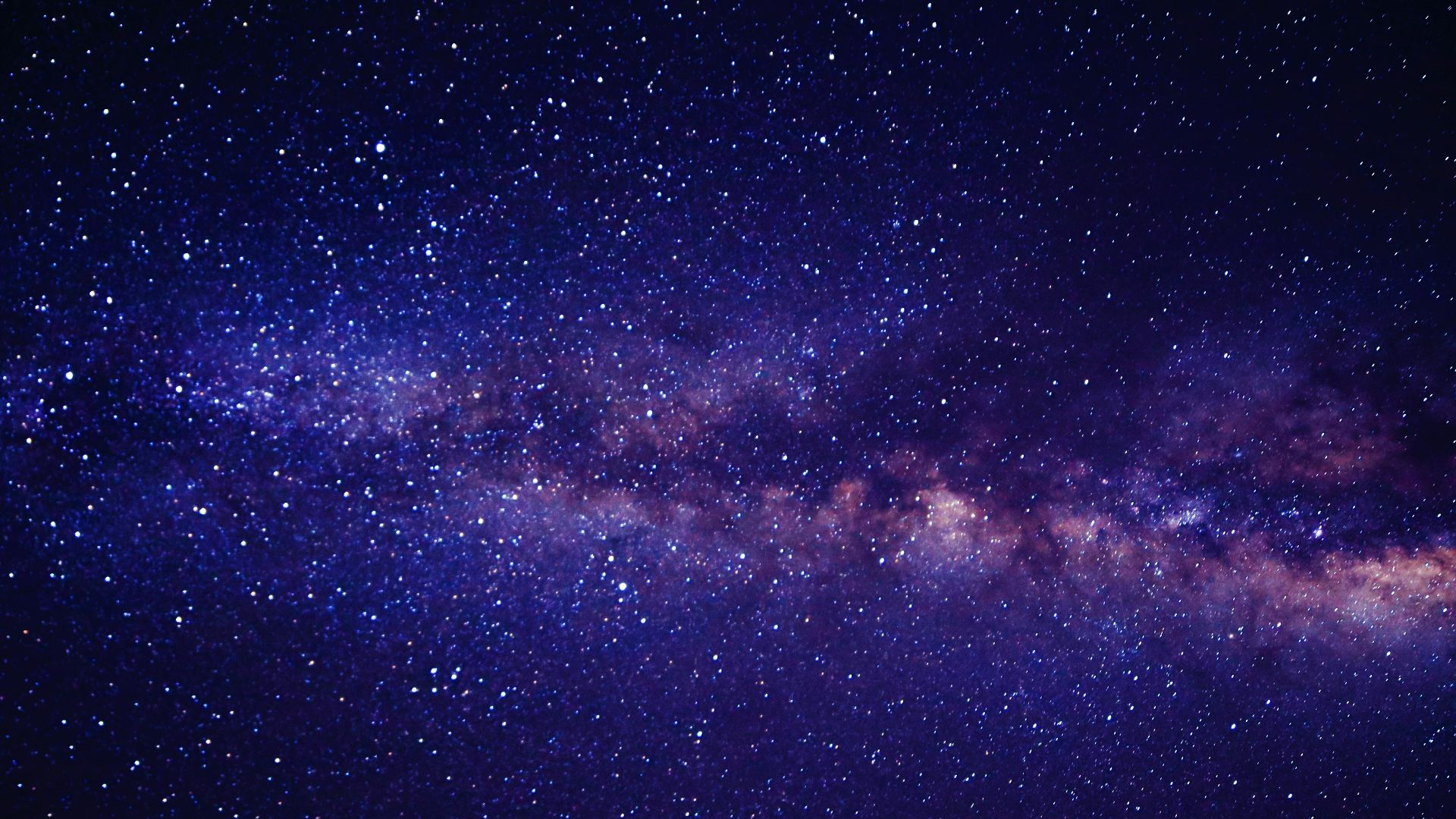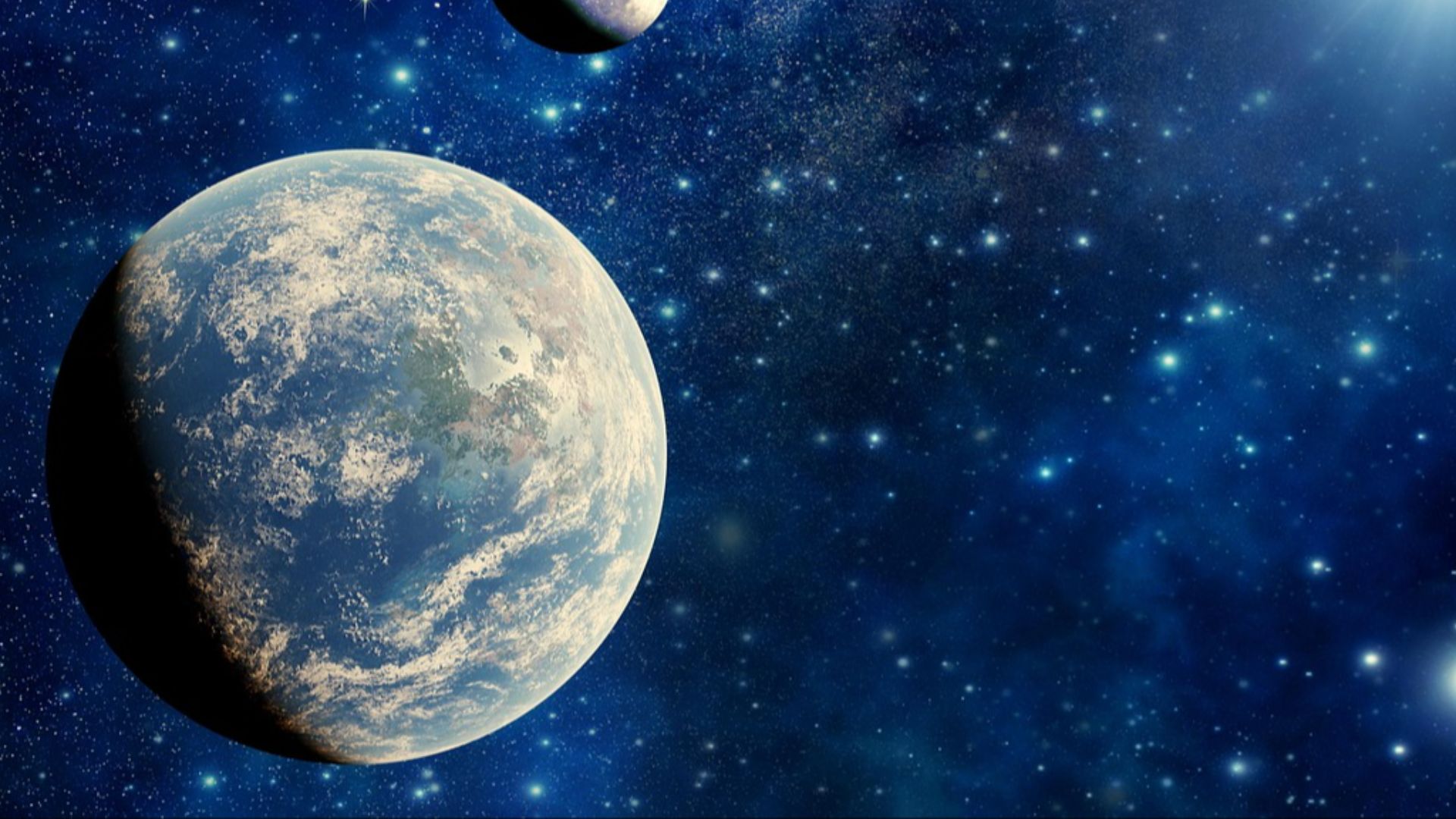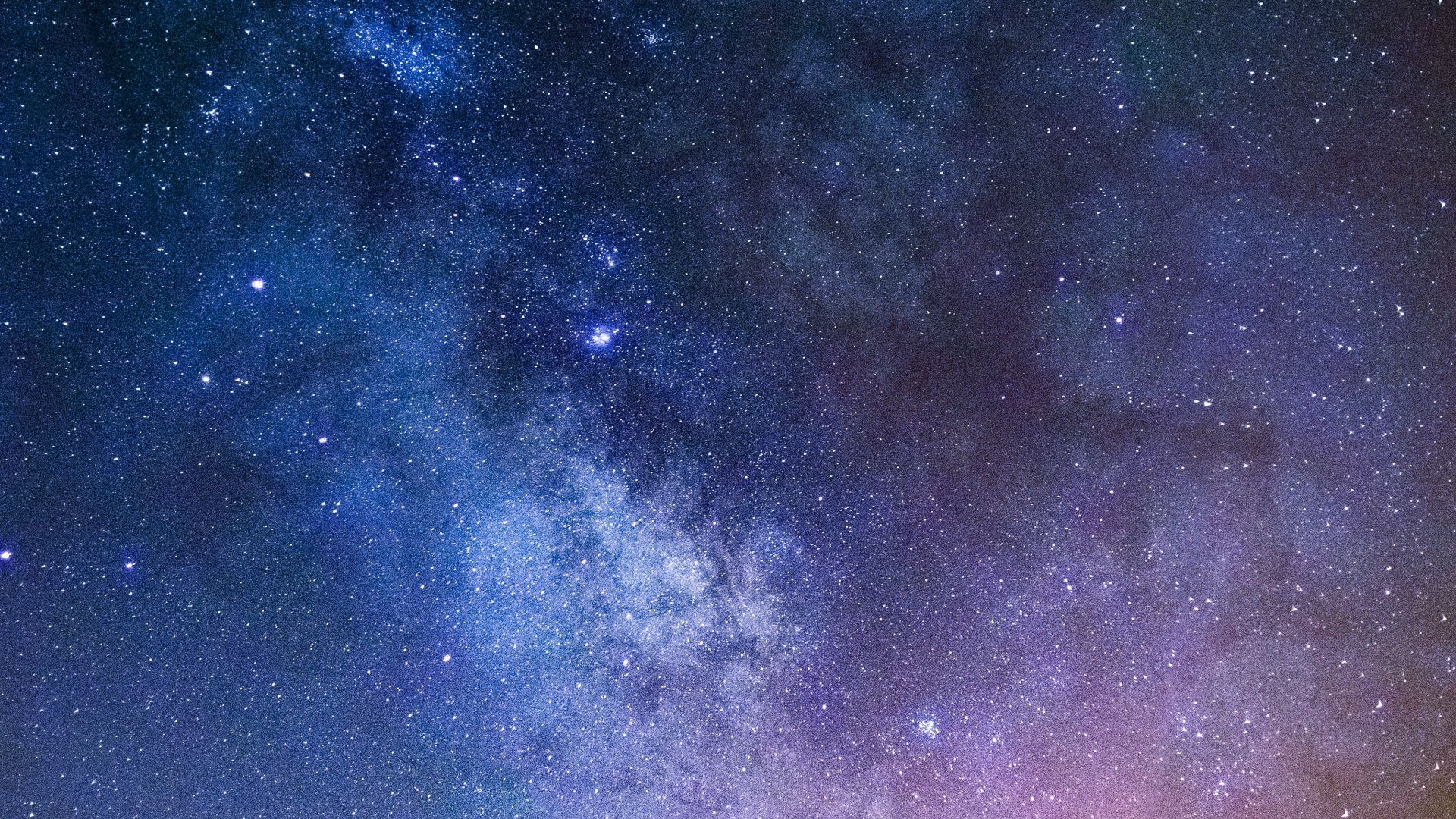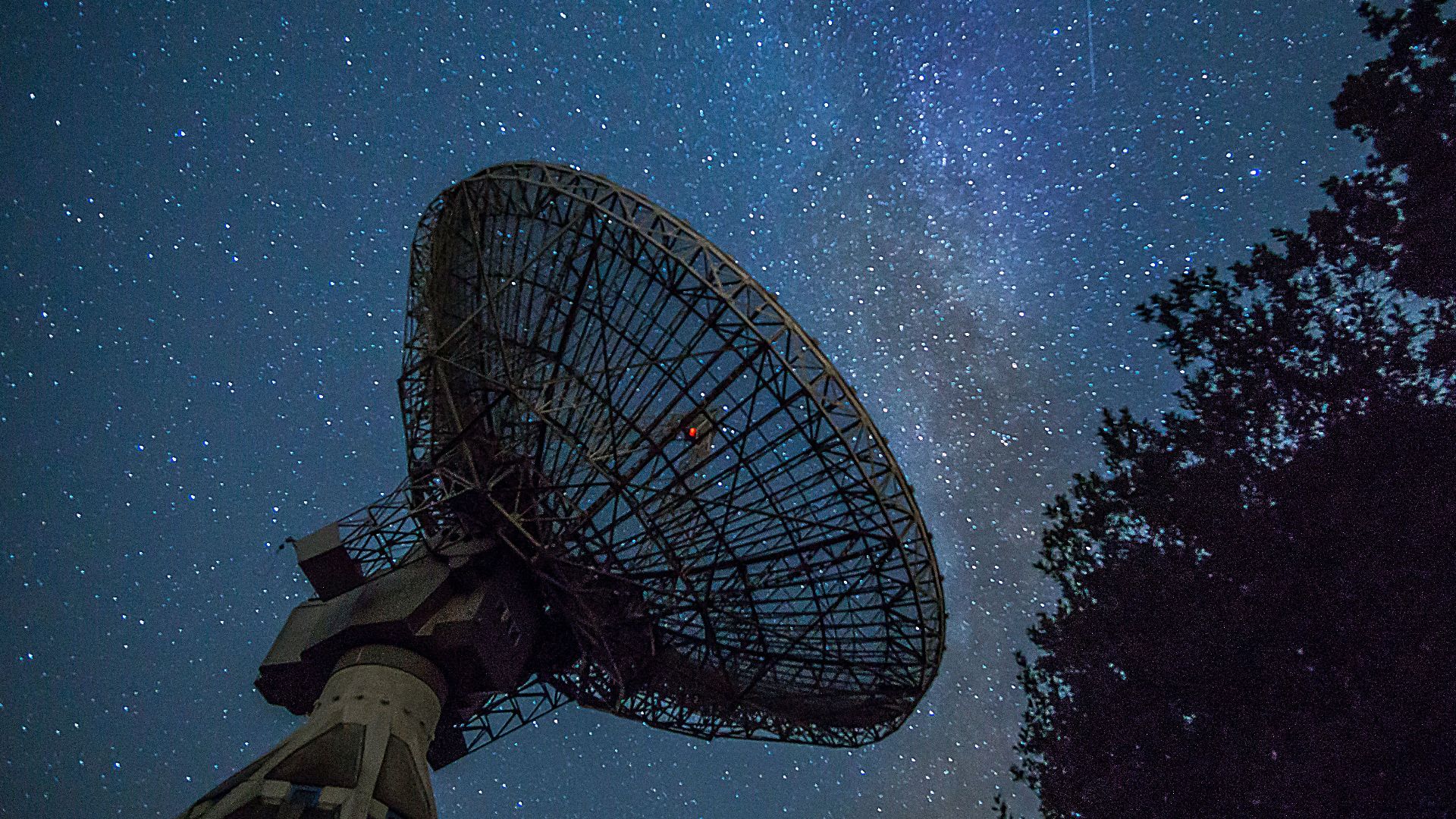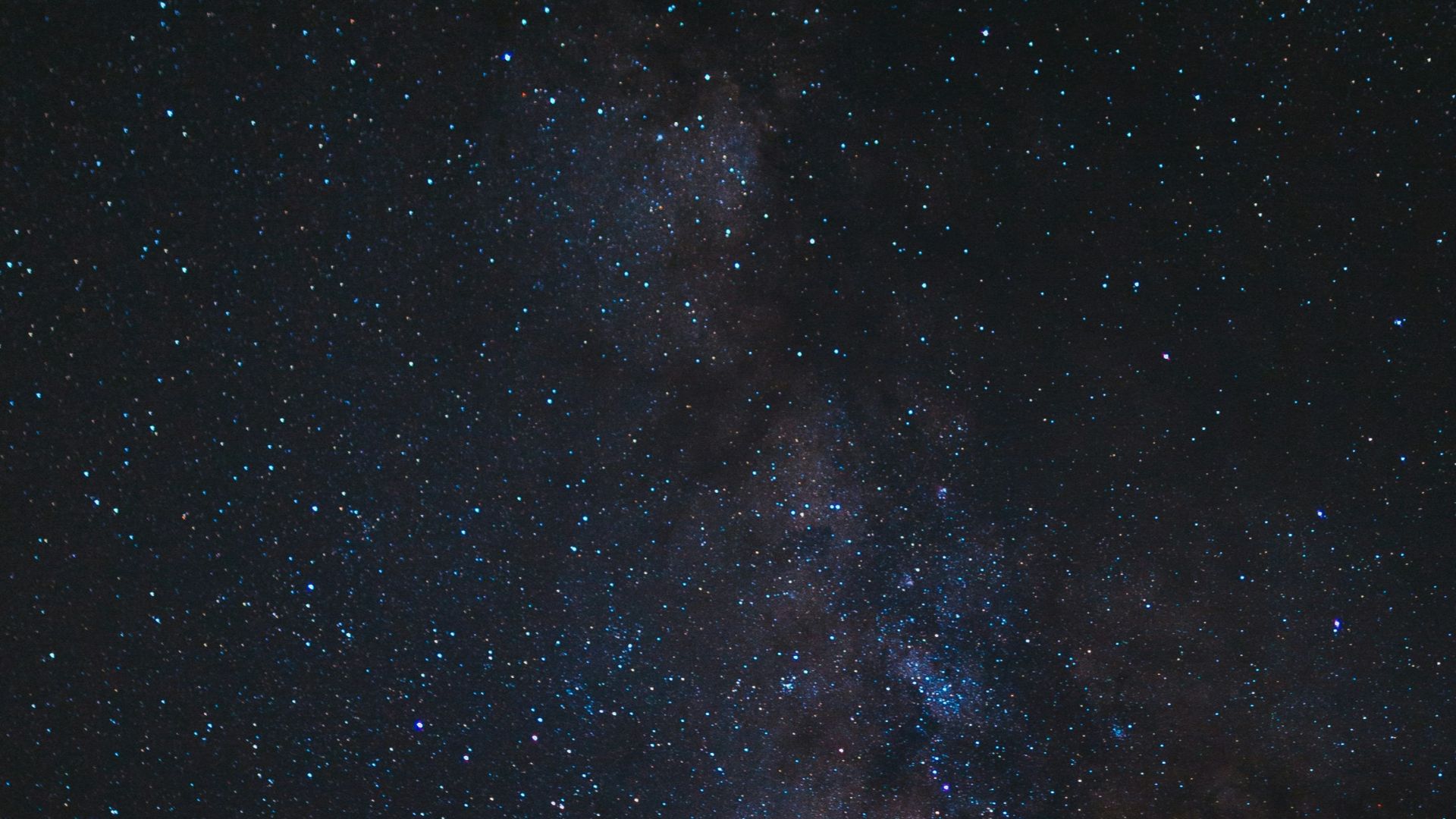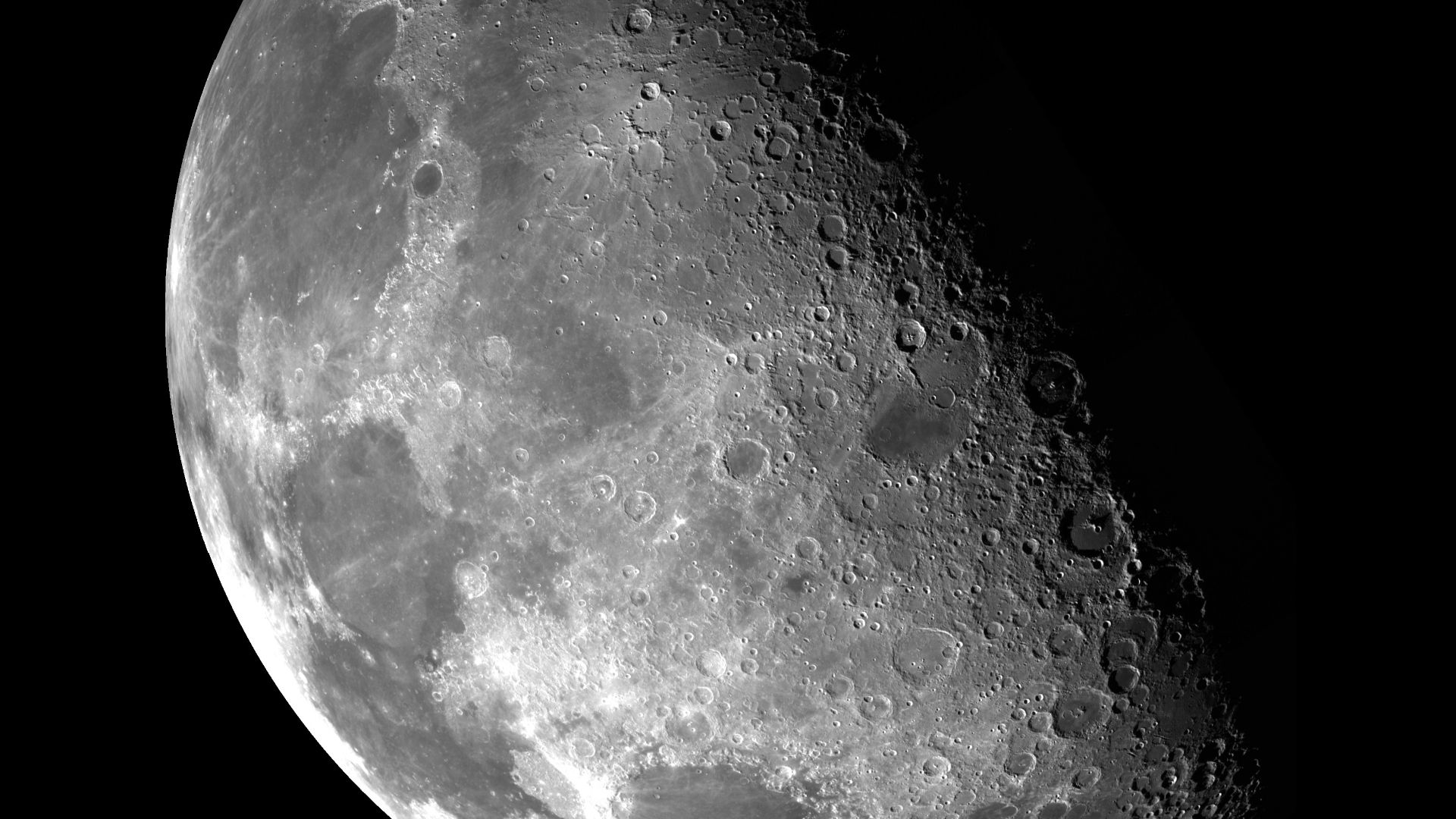Home Away From Home
Sci-fi movies and the space industry make it clear that one day humans will be living across the stars. While some industries are hard at work making this a reality, it isn’t hard to wonder about the many planets across the universe that have already been identified as a potential home.
1. Mars
Starting in our own neighborhood, many people think of Mars as a possible second Earth, and industries like SpaceX are already hard at work trying to achieve this. While Mars is a bit colder than Earth, it’s not too far off, with some days even being a reasonable temperature. Its proximity to Earth also makes it relatively easier to set up human settlements.
2. Gliese 667Cc
Gliese is a whopping 22 light years from Earth, and is 4.5 times its size. In addition to being bigger, it’s also much closer to its host star, which is a cooler red dwarf that puts it right in the habitable zone. Despite being near perfect in most ways, it is possible that solar flares might hit it.
3. Kepler-62f
You’ll be seeing this Kepler name popping up often. NASA’s Kepler space telescope is responsible for discovering most of these planets after all. With that in mind, 62f is apparently 40% larger than our own planet and clings closely to its cooler red dwarf.
 NASA Hubble Space Telescope on Unsplash
NASA Hubble Space Telescope on Unsplash
4. Proxima Centauri B
If you’re worried about travel distance, then it’s clear that Proxima Centauri B is actually the closest Earth-like exoplanet around. At 4 light years away, it is only 1.27 times bigger than Earth and is in the habitable zone of its star. However, it is quite close, which means it does get ultraviolet radiation and we’ll have to get accustomed to 11-day-years.
5. Titan
Titan isn’t a planet, it’s actually Saturn’s largest moon. Unlike most of the planets on this list, it isn’t like anything Earth. However, scientists believe it is capable of hosting life because it has a subsurface ocean beneath its icy crust and has a dense atmosphere to shield from radiation.
6. Kepler-22b
Kepler-22b is a whole 600 light years away. It too resides in its star’s habitable zone and is twice as big as Earth. Apparently, one year on Kepler will only take 290 days.
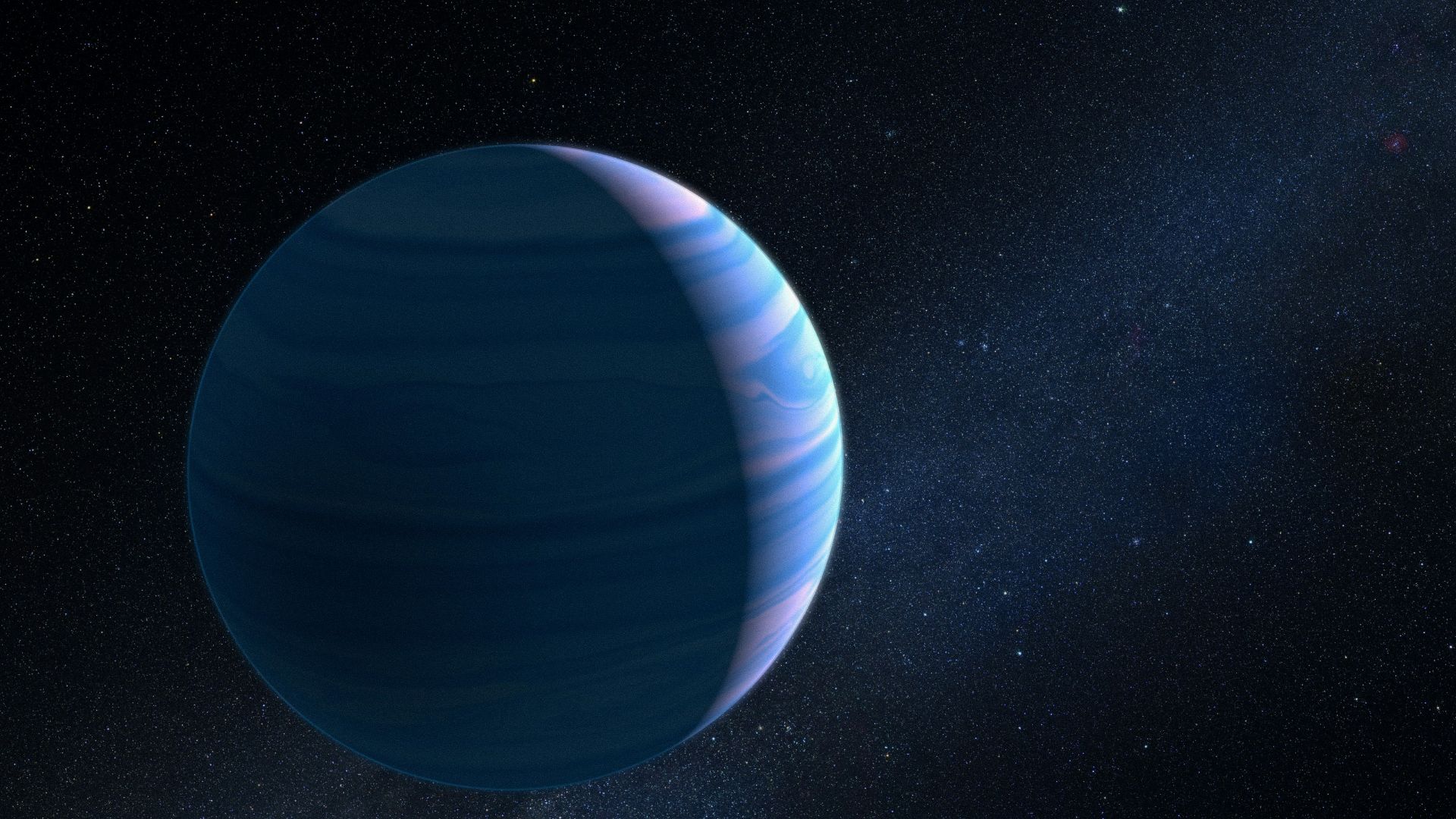 NASA Hubble Space Telescope on Unsplash
NASA Hubble Space Telescope on Unsplash
7. Trappist-1E
So the deal with TRAPPIST-1 is that it’s a star that has numerous Earth-sized planets in its habitable zone. In fact, it’s the most planets of that kind found in any star’s system. With over 7 possible Earths to choose from, scientists believe some of these planets could hold more water than Earth’s oceans. Imagine if they’re already full of life and have space neighbors to contend with.
8. Venus
Venus is another planet in our solar system and is actually one of the hottest around. You might think that intense heat takes it out of the running, but what makes this planet unique is that 50 to 60 km above its surface the temperature and pressure is quite Earth-like. This has led scientists to ponder creating airships or some sort of cloud society.
9. Gliese 180c
This Gliese is also orbiting a small red dwarf and has a neighbor in Gliese 180b. Interestingly, its neighbor is also classified as habitable. The planets are about 39 light years away.
10. Europa
Europa is another moon, this time belonging to Jupiter. Scientists also believe this moon can host life as it too has a global ocean beneath its crust, which is kept liquid by Jupiter’s gravity. Impressively, there’s even evidence of hydrothermal vents, just like those on Earth’s ocean floor.
 NASA / Jet Propulsion Lab-Caltech / SETI Institute on Wikimedia
NASA / Jet Propulsion Lab-Caltech / SETI Institute on Wikimedia
11. Kepler-69c
This Kepler is about 2,700 light years away and is also 70% larger than Earth. What we know about this planet is that its years last 242 days, and while it’s closer to its sun, the lower luminosity puts it nice and snug in the habitable zone.
12. HD 40307g
These names probably need some work, but essentially this planet orbits the habitable zone of its star HD 40307. Its rather long orbit indicates a habitable climate and atmosphere. However, some scientists speculate it has too much tidal heating to be terrestrial and might just be a mini Neptune.
13. Kepler-1649C
This Kepler was discovered when NASA scientists reanalyzed their data, and is also quite similar to Earth in size. It coasts in the habitable zone and receives about 75% of the light Earth does, still making it a solid choice for humans.
14. Kepler-452b
This Kepler is lovingly called Earth 2.0 because it just has so many similar characteristics. It’s in the inner edge of its habitable zone and has 385-day years. It also possibly gains more energy from its star than Earth, which might lead to a runaway greenhouse effect. Additionally, it’s five times larger, which leads many scientists to think it may be full of active volcanoes and would be covered in a thick layer of mist.
15. Kepler-186f
This planet is pretty close to Earth’s size and is only 10% larger. It too is in the habitable zone of its star, if not a bit closer to the outer edge. This means it actually gets less solar energy from its sun, which would certainly give the renewable industry a hard time setting up.
16. KOI-4878.01
This name’s quite the mouthful, but essentially KOI has many Earth-like features with a much longer year at 449 days. Its host star is an F-type star, and is a bit smaller than our own sun. It’s also got a cooler temperature than Earth, but it may have more greenhouse gases to help trap further heat.
 NASA Hubble Space Telescope on Unsplash
NASA Hubble Space Telescope on Unsplash
17. Tau Ceti f
This candidate is also considered a super-Earth of sorts, but it too might just be a mini-Neptune as it’s unclear if it’s terrestrial or liquid. It orbits its star, Tau Ceti, similarly to how Mars sits in our own solar system. The only downside to these planets is that they may possibly suffer from a high rate of asteroid bombardment.
18. Kepler-442b
With all these other Keplers being larger than Earth, one can’t help but wonder if our planet’s on the small side. Either way, with 33% more space, 442b has a 112-day year and actually receives so much light that scientists believe it likely has a large biosphere and can facilitate photosynthesis.
19. Lacaille 9352
This planet circles a star with the fourth highest known proper motion, and moves a noticeable 6.9 arcseconds per year. The star is also home to two super-Earths which are perfectly in the habitable zone, making this planetary system another contender.
20. The Moon
Our own moon is neither a planet nor Earth-like, but it’s the only celestial body in space that we’ve visited. We know humans can walk on its surface, and we have a strong understanding of its temperature and soil. NASA has already got to work growing crops in lunar soil.



